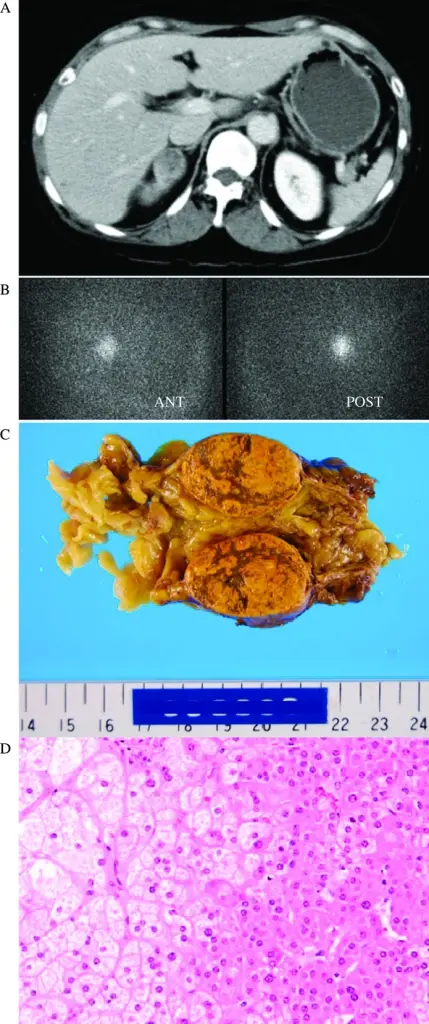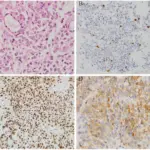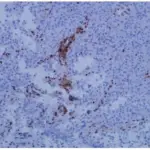Cushing syndrome is disease caused by chronic acquaintance to excessive circulating levels of glucocorticoids.
What is the Pathology of Cushing’s Syndrome?
The pathology of Cushing’s syndrome is:
-Etiology: The cause of Cushing’s syndrome is categorized into 2, ACTH-independent and ACTH-dependent.
-Genes involved: Unknown.
-Pathogenesis: The sequence of events that lead to Cushing’s syndrome is as follows, the loss 24-hour rhythm, combine with alteration feedback mechanism of the HPA axis, leads to continuing exposure to the undue circulating cortisol levels. This promotes to the quantifiable endogenic Cushing’s syndrome state.
-Morphology: Mass lesion.
-Histology: The histology associated with Cushing’s syndrome shows evidence of acinar expansion.
How does Cushing’s Syndrome Present?
Patients with Cushing’s syndrome typically more in females than males present at age range of 30 to 40 years old. The symptoms, features, and clinical findings associated with Cushing’s syndrome include growth failure, pubertal delay/arrest, visual disturbance obesity, and premature pubarche.
How is Cushing’s Syndrome Diagnosed?
Cushing’s syndrome is diagnosed through laboratory studies, dexamethasone suppression test urinary free cortisol (UFC) assay, steroids test, and corticotropin measurements.
How is Cushing’s Syndrome Treated?
Cushing’s syndrome is treated through treating the cause, medical steroid replacement therapy, radiation therapy, and surgery by transsphenoidal approach.
What is the Prognosis of Cushing’s Syndrome?
The prognosis of Cushing’s syndrome is poor linked to substantial morbidity due to multiple adverse effects.



